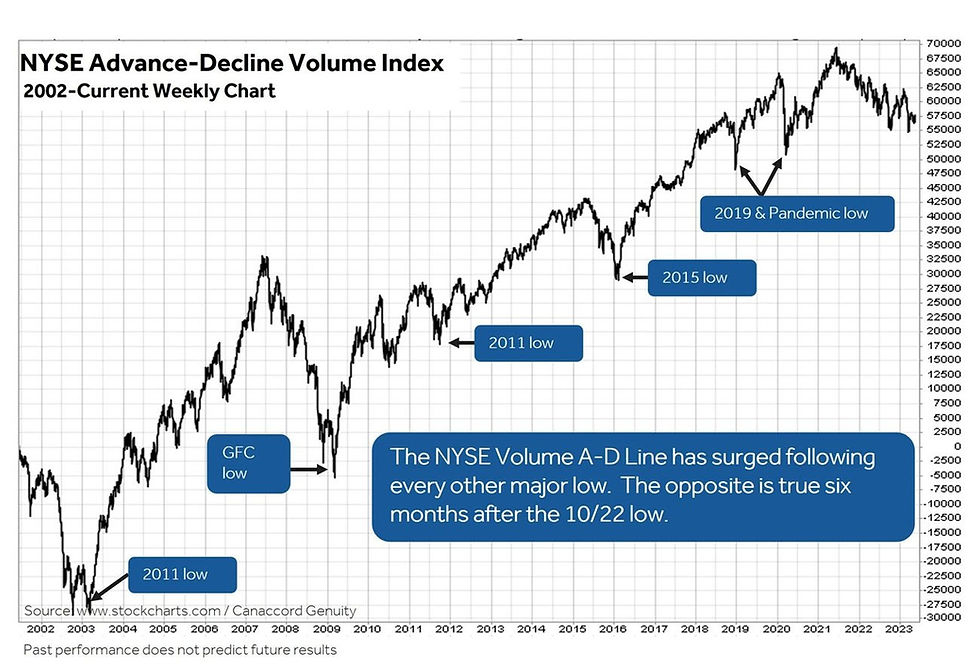CwA: Speed Bump(s)
- Andrew H. Smith

- Sep 25, 2020
- 4 min read
It was another wild ride for the stock market as yesterday marked the fourth calendar week of losses since the selloff began September 2nd! Needless to say, the narrative amongst investment professionals has turned decidedly bearish, with many now questioning the viability of the economic recovery. In addition, we have seen many negative narratives hit the headlines in recent days, such as a resurgence in COVID-19 cases, political uncertainty surrounding the election, and geopolitical tension between the U.S. & China, and these are just naming a few. And to be fair, all these aforementioned narratives do warrant a cautionary tone, and to some degree have contributed to the recent volatility. But, just as is in any economic recovery, the path forward is met with many speed bumps along the way.
Today over coffee, we're going to discuss the macro-economic forces contributing to the recent volatility and how this short-term speed bump, while bumpy and painful, are typical during a resurgence in economic activity. So grab your cup of coffee, and enjoy!
Bullet points for my high-speed espresso drinkers:
The financial markets are the mercy of global macroeconomic crosscurrents
Economic recoveries never occur in linear form
This recent bout of volatility has not been met with outperformance from defensive segments, as it has before
We remain confident of the unfolding recovery
A couple of weeks ago, we highlighted the growing risks surrounding the stock market. We discussed how seasonality has historically been challenging for risk assets during August and September, but also warned of the growing risks surrounding stock valuations, overcrowding in technology stay-at-home names, and the volatility in stocks before a presidential election. All of these risks combined together has created a not so favorable backdrop for risk assets, thus partly contributing to the volatility we've seen. And although these risks are important, there are macro-economic forces at play that are responsible for the recent drawdown.
One of the most important macro relationships exists between the United States Dollar (USD) and risk assets (i.e. stock market). The reason this relationship holds true is that majority of financial assets across the global economy are priced in USD. Economies outside of the United States price assets in USD given the size of our currency base, and the full faith and credit behind our monetary system. This in turn has made the USD the reserve currency of the world. For context, when the global economy slows, ex-US investors begin shedding their home currency in favor of USD. They do this because of the reasons mentioned before; full faith and credit of the United States government supporting our monetary system, and the mere size of USD in the global currency market (think lots of liquidity). Conversely, this relationship holds true, where the USD declines in value as the global economy accelerates. This in turn makes the USD a counter-cyclical currency to the global business cycle, per exhibit 1.

As you may know, we’ve been highly constructive on the renewed business cycle and developing economic recovery following the liquidity crisis and COVID pandemic from the March lows. The improvement in economic data such as consumer confidence, rail shipments, autos, mortgages, TSA travel check-ins all signal that the recovery is manifesting. With that being said, no recovery is linear (straight line) in nature as we typically hit periods where economic momentum hits a speed bump causing a deceleration. Given the robust breadth of economic acceleration and momentous surge off the lows, it is not uncommon to experience a brief moderation in global leading economic data, per exhibit 2.

This recent deceleration in leading economic data, alongside fears surrounding political uncertainty and a second wave of COVID cases, has spurred a re-acceleration in the demand for the safe-haven currency, USD. As mentioned, the USD has profound implication on financial assets given its counter-cyclical characteristics to the global business cycle. The exhibits below show the exceptionally tight inverse correlation between the USD and the S&P 500. Therefore, as demand for the safe-haven currency rises, the S&P 500 declines thus creating the volatility we’ve experienced the last four weeks.


What gives us confidence that this latest bout of volatility is more reflective of a speed bump rather than a renewed prolonged economic downturn has been the relative performance of certain components underneath the stock market. During a slowing business cycle, which is where we were from Q1 2018 to Q2 2020, you typically see relative outperformance from classical defensive segments of the market. During an expanding business cycle, you typically see all segments of the market selloff together, or the relative outperformance from classical cyclical segments of the market. This latest bout of volatility experienced impressive outperformance in cyclical beneficiaries such as transports, industrials, and materials, per the exhibit below.

While we expect the market backdrop to remain highly volatile until the election, we believe the amount of liquidity in the economic pipeline from the Federal Reserve coupled with falling global interest rates over the last two years continue to support our thesis of an economic revival. It is important to remember that the path forward is never a straight line up, especially following a catastrophic event such as COVID-19. Our portfolio remains balanced in secular growth investments and economic beneficiaries.
Have a wonderful weekend!
Sincerely,
Andrew H. Smith
Chief Investment Strategist andrew@delosca.com asmith971@bloomberg.net
.
.
.
.
.





Comments